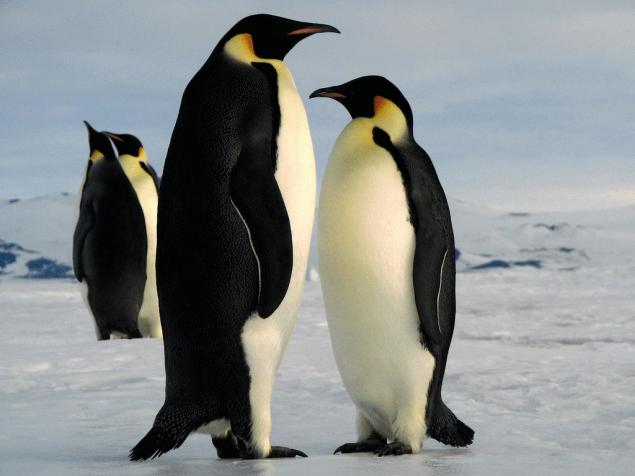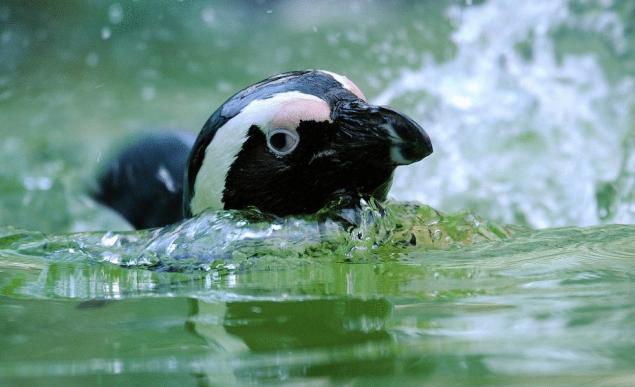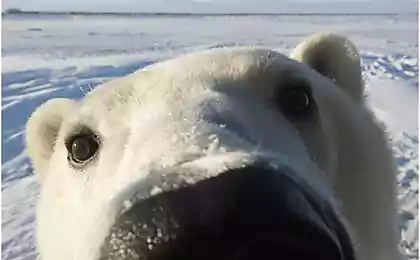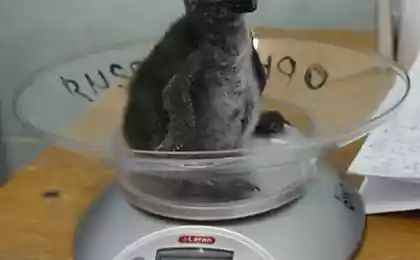497
Penguins don't get cold feet
The average annual temperature in the South pole just -49,3 degrees centigrade and a record low of -89 degrees. Add to this the wind, the speed of which sometimes reaches 100 m/s and will receive the conditions under which, it would seem, is simply not possible to survive.

However, the entire coastal part of the mainland inhabited by huge Emperor penguins and Adelie penguins. Most of my life these birds spend at sea, sometimes plunging to five hundred meters into the icy waters where not even the sun's rays. Nature has taken care of their survival, providing a unique mechanism of thermoregulation.

Keep warm in these harsh conditions the penguin helps fat layer thickness of 3 cm, above which is a three layer of waterproof feathers, evenly covering the entire body of the bird. This "suit" is protected from getting wet, in addition, the air between the feathers allows you to keep warm in the water, and outdoor chill-out space.

Special attention deserves the heat transfer in the only exposed parts of the body penguins – feet. Amazing! Not having sufficient protection of the legs of the birds do not freeze, allowing to stand for hours in the cold or swim in the icy water.

From freezing saves them decrease heat loss: hot arterial blood in the clutches of the penguin gives up its heat to the counter flow of venous blood and thus cooled. This effect is achieved thanks to a close mutual arrangement of veins and arteries is called the principle of reverse outflow.

The temperature of the feet of Antarctic penguins usually about 4 degrees, contributing not only to conservation of heat, but also allows you to move freely on the ice. But warm paws would surely have melted the ice and frozen into it.
Source: /users/155

However, the entire coastal part of the mainland inhabited by huge Emperor penguins and Adelie penguins. Most of my life these birds spend at sea, sometimes plunging to five hundred meters into the icy waters where not even the sun's rays. Nature has taken care of their survival, providing a unique mechanism of thermoregulation.

Keep warm in these harsh conditions the penguin helps fat layer thickness of 3 cm, above which is a three layer of waterproof feathers, evenly covering the entire body of the bird. This "suit" is protected from getting wet, in addition, the air between the feathers allows you to keep warm in the water, and outdoor chill-out space.

Special attention deserves the heat transfer in the only exposed parts of the body penguins – feet. Amazing! Not having sufficient protection of the legs of the birds do not freeze, allowing to stand for hours in the cold or swim in the icy water.

From freezing saves them decrease heat loss: hot arterial blood in the clutches of the penguin gives up its heat to the counter flow of venous blood and thus cooled. This effect is achieved thanks to a close mutual arrangement of veins and arteries is called the principle of reverse outflow.

The temperature of the feet of Antarctic penguins usually about 4 degrees, contributing not only to conservation of heat, but also allows you to move freely on the ice. But warm paws would surely have melted the ice and frozen into it.
Source: /users/155























